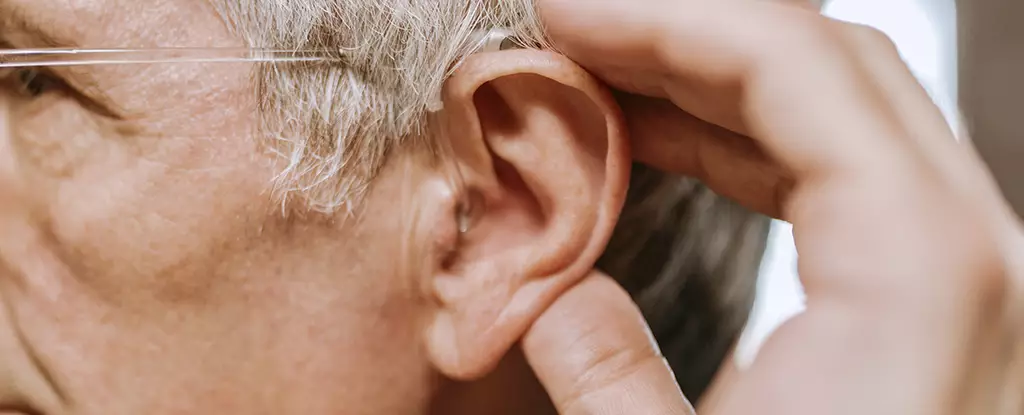The human ear is a marvel of biological engineering, intricately designed to detect and interpret sound waves from our environment. Recent research conducted by scientists at Yale University has shed new light on the complex mechanics of the cochlea, an essential component of our auditory system. Their exploration into how the ear discerns soft sounds has revealed novel insights into the cochlea’s capabilities, particularly in its management of low-frequency sounds. This research not only enhances our understanding of acoustic perception but also sets the stage for potential advancements in hearing sciences.
Dr. Benjamin Machta, a physicist, undertook this impressive journey into the fundamental mechanics of hearing. His team’s initial aim was rather straightforward: to elucidate the ways in which the ear finely tunes itself to detect faint sounds while maintaining stability, especially in the absence of external stimuli. However, their inquiries led to unexpected revelations regarding the cochlea’s mechanical properties, particularly its ability to discern low-frequency sound waves.
The cochlea, often described as a snail-shaped structure, possesses unique qualities that allow it to translate vibrations into auditory signals. Through mathematical modeling, Machta and his colleagues uncovered that the cochlea supports a range of mechanical modes that were previously overlooked. This newfound understanding offers a fresh perspective on how the cochlea enhances our auditory experience.
At the heart of the cochlea’s functionality lies the basilar membrane, which features extremely sensitive hair cells. These hair cells respond to sound vibrations by generating nervous signals that communicate with the brain. The process, however, is not as simple as direct transmission; the vibrations undergo various transformations as they propagate along the membrane. Previous research suggested that localized patches of hair cells could amplify certain sounds through a coordinated ‘kick’ mechanism. What’s innovative in this latest study is the discovery that large segments of the basilar membrane can function collectively at lower frequencies.
This collective behavior enables the cochlea to manage incoming vibrations more effectively, particularly when higher volume sounds threaten to overwhelm its delicate structure. By working as a cohesive unit, these parts of the cochlea help filter out extraneous noise, maintaining clarity in our auditory perception.
The implications of these findings extend far beyond mere academic curiosity. Understanding how the cochlea processes low-frequency sounds could lead to breakthroughs in treating hearing impairments. Low-frequency hearing, which encompasses sounds within the range of 20 to 1,000 Hz, is critical for various aspects of communication and environmental awareness. The behavior of the hair cells observed in Machta’s research may provide essential insights into how quieter sounds are perceived and processed, thus paving the way for targeted therapies for individuals with hearing difficulties.
Dr. Isabella Graf, a theoretical biophysicist formerly affiliated with Yale, emphasized the significance of these findings in advancing our understanding of low-frequency hearing—a realm still ripe for exploration. The potential to unlock the secrets of hearing loss and auditory dysfunction could streamline the development of innovative treatment methods, ranging from auditory devices to regenerative therapies aimed at restoring cochlear function.
The research from Yale not only contributes to our understanding of how sound is acoustically managed within the ear but also enhances our overall awareness of auditory health. The cochlea’s dynamic capacity to adapt to various sound frequencies highlights its role as a sophisticated auditory filter, capable of discerning meaningful sounds from background noise. As scientists continue to unravel the complexities of ear mechanics, the journey into the realm of sound perception and hearing’s underlying principles promises to yield crucial findings that could improve lives worldwide.
The intricate relationship between sound waves and the cochlea serves as a testament to the efficiency and elegance of the human body. Continued exploration of this biomechanical system will surely lead to advancements that refine our understanding of hearing, enriching both scientific knowledge and the quality of life for those affected by auditory challenges.


Leave a Reply